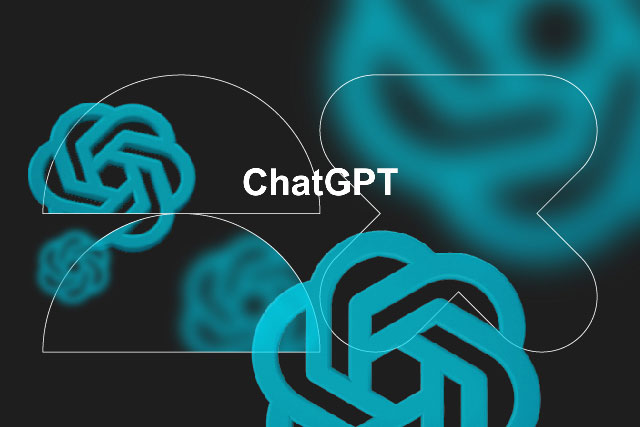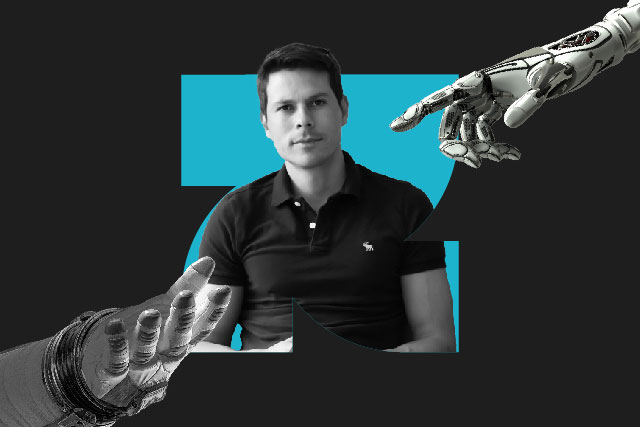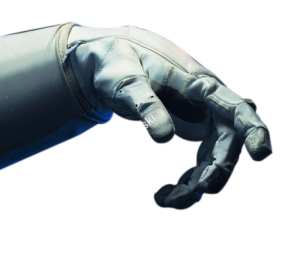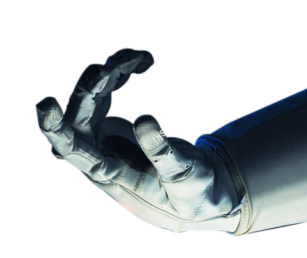- How can artificial intelligence be a beneficial tool rather than a threat to the job sector?
MIT has developed a very interesting course called “Digital Business Strategy: Harnessing Our Digital Future,” which addresses the balance between humans and machines. The main focus lies in observing how humans utilize these technologies to increase their productivity. Productivity is closely related to optimization, which will allow us to optimize companies’ operational costs (OPEX) and be much more cost-efficient.
AI is here to stay; it is inevitable. We must learn to coexist with it and, ideally, take advantage of it.
It is undeniable that AI will have an impact on the job sector, as AI continues to optimize many tasks. However, this is not new. For several decades, companies have been working on process and task optimization, which has also involved better human resource management and even the replacement of certain positions.
The current challenge lies in the speed at which AI advances and the tangible impact it generates in a short period of time. Impressive advancements are also being made in terms of public safety, such as geolocation systems, video surveillance, biometric systems, emergency communication applications, and surveillance drones. Here, undoubtedly, joint collaboration between the state and the private sector is required. The more information (data) we have, the more it can be used to prevent complex situations through predictive models.
Some applications of smart cities include:
- Geolocation systems
- Video surveillance
- Biometric systems
- Emergency communication applications
2. Surveillance drones Beyond ChatGPT, there are more tools that facilitate functions. As more options emerge, how positive is this?
It is extremely positive that more tools like ChatGPT are appearing, but focused on various areas, as they provide us with facilities to improve processes. Some important points to consider are:
Each tool seeks to have a specific focus and capabilities, resulting in a wide technological offering that can be applied to various sectors. Competition among different tools drives innovation and technological development. The more tools there are, the more likely there will be more affordable options or ones designed to fit different sizes of companies and projects, increasing accessibility to these platforms.
Among the growing list of tools, we can highlight:
- Bing Image Creator: Microsoft’s proposal for creating images
- DALL-E 2: OpenAI’s proposal for creating images from text
- Midjourney: Perhaps one of the best tools for image creation
- Copy Creator: Writing assistant for generating text-based content
- Ask Botta: A virtual teacher Speak: A new way to learn languages
- GitHub Copilot: An assistant for development in different languages
- AutoRegEx: Converts natural language to regular expressions, currently only available in English
3. What does the technological future of the world look like, with increasingly more AI solutions? Is this the new economy?
Machine Learning is deeply rooted in the economy in various ways. The development of these technologies has seen impressive growth in recent years. Even the most conservative companies are investing in AI or at least seriously considering its implementation.
Currently, there is already a digital economy that offers accessible tools for everyone and multiple companies providing AI model services to various businesses.
New solutions emerge every day, and personally, I am excited about what is coming in terms of diagnosis, prevention, and treatment of diseases that were previously complex or considered impossible to treat. Impressive advancements are on the horizon. Leading companies like IBM and Moderna have already joined forces for this purpose, and other similar alliances are in development. The advances in treatments will be truly astonishing.
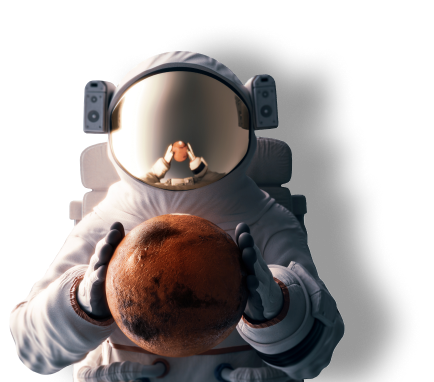
We create the digital tech team you need
4. What other tools, beyond ChatGPT, can be useful for people’s daily lives?
There are thousands of solutions already within reach for everyone. Here are 5 AI tools for daily use that can help ordinary people improve their work:
Chatbots. Chatbots are AI-driven programs that can simulate conversations with humans. They can be used to provide customer service, answer questions, or even just chat with people for fun. Chatbots can help people save time and get the information they need quickly and easily.
Content creation tools. These tools use AI to help people create content, such as blog posts, articles, social media posts, and even marketing materials. They can help people generate ideas, write content, and even edit and proofread their work. Content creation tools can help people save time and produce high-quality content more easily.
Grammar checkers and paraphrasing tools. These tools use AI to help people improve their grammar, spelling, and overall writing style. They can also help people rewrite their work to make it more concise, clear, and engaging. Grammar checkers and paraphrasing tools can help people produce professional-quality writing more easily.
Video creation tools. These tools use AI to help people create videos, such as product demonstrations, explainer videos, and even marketing videos. They can assist people throughout the video creation process, from scripting and storyboarding to editing and exporting. Video creation tools can help people produce high-quality videos more easily.
Image generation tools. These tools use AI to generate images, such as product renderings, realistic paintings, and even custom artwork. They can assist people with a variety of creative tasks, from product design to creating marketing materials. Image generation tools can help people produce high-quality images more easily.
These are just some of the many AI tools that can be used to improve productivity and performance at work. As AI continues to develop, we can expect to see even more innovative and powerful tools that will assist people in all areas of life.
